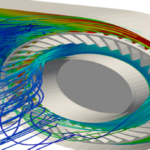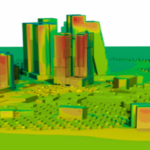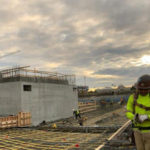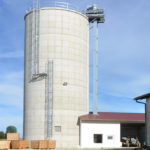Blog
What Are Pre-Stressing And Post-Tensioning?

Prestressed concrete is made by tensioning high-strength steel ropes placed in high-strength concrete. Prestressed concrete can be classified under two headings: post-tensioning and prestressing. The differences between prestressing and post-tensioning methods are the order of tensioning of the ropes and concrete casting.
In prestressing, the tensioning ropes are pre-tensioned in a certain mold and concrete is poured on the tensioned rope. After the concrete sets, the steel ropes are cut at both ends. Structural elements designed with prestressing method are prefabricated in factories and placed as a single piece in the field.
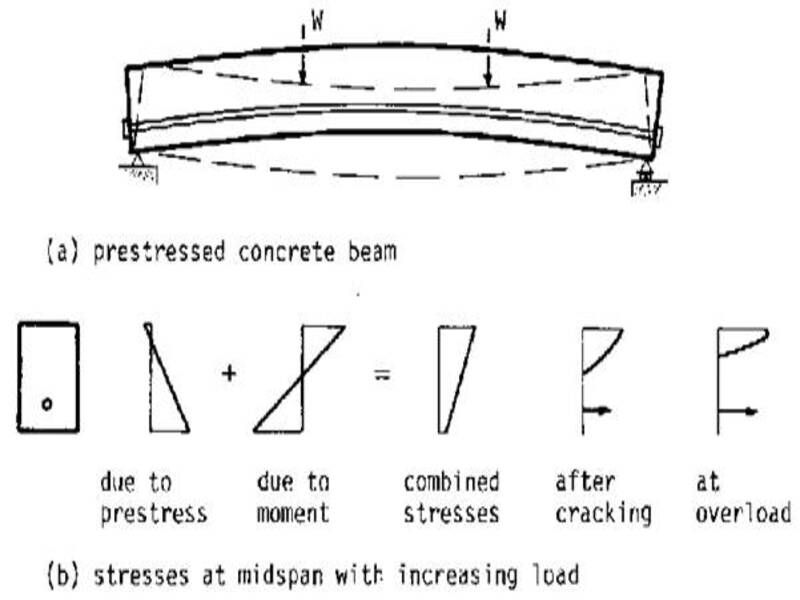
In the post-tensioning method, high-strength steel ropes are stretched after the concrete casting process. To perform the tensioning process, the concrete must gain a certain strength. The construction of elements designed with post-tensioning method is carried out in the field unlike prestressing elements.
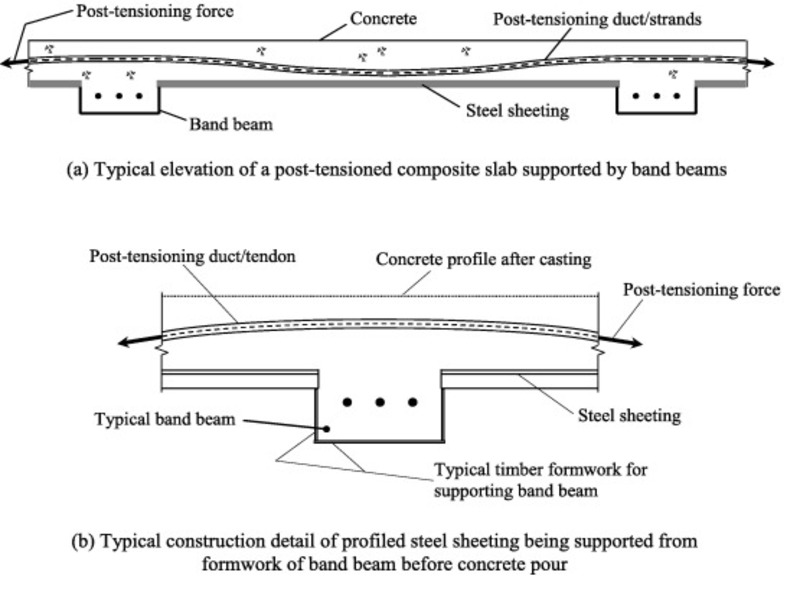
Beams and slabs designed with prestressing method work with simple beam logic since they do not transfer moment at the connection points. Elements designed with post-tensioning method can be designed to be continuous unlike those designed with prestressing. In other words, moment transfer takes place at the connection points of the elements designed with post-tensioning method. Designing the beam in such a way that continuity is ensured with the post-tensioning method causes the span moments to decrease due to the support moments.
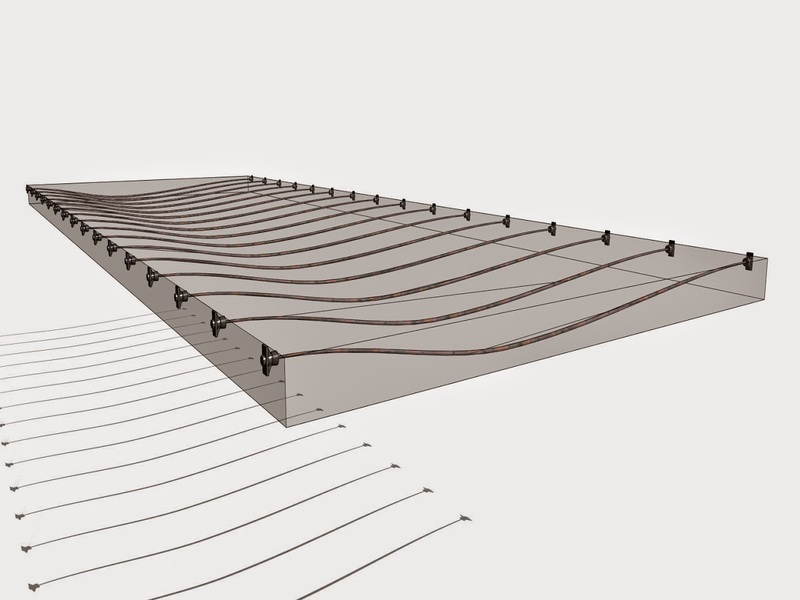
Also, in prestressed members, the rope profiles are generally flat, but in post-tensioned members, the rope profile can be designed as parabolic. Thanks to the parabolic design of the rope profile, the ropes are designed at the top at the bearings and at the bottom at the span. That is, they can be placed so that they are in the tension zones.
Both methods are nowadays applied in the design of large span structures. Due to these two methods, wide span structures can be designed much more economically than conventional reinforced concrete designs.
Latest Blog
-
Why Are Reinforced Concrete Static Projects Important?
27 March 2025 -
Why Are Steel Static Projects Important?
21 March 2025 -
What is Acoustic CFD Analysis?
4 March 2025 -
Fire Analysis with CFD: Fire Safety and Simulation Technologies
25 February 2025 -
What Is A Static Project And Why Is It Important?
19 February 2025 -
Silo Static Project
29 July 2024 -
Methods Used In Earthquake Performance Analysis
4 July 2024 -
Reinforced Concrete Calculation Static Report
31 January 2024 -
Steel Calculation Static Report
31 January 2024 -
What Is CFD Analysis?
22 December 2023 -
What Are The Benefits Of CFD Analysis?
22 December 2023 -
Silo Reinforcement with Post-Tensioning Method
26 September 2023 -
Post Tensioning Method in Cantilever Slabs
4 September 2023 -
Post-Tensioning Application In Reinforced Concrete Silos
22 August 2023












